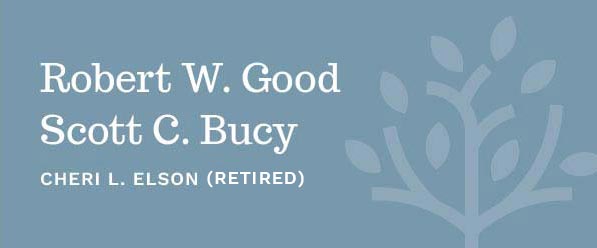Trust Options for Couples
Married couples and Registered Domestic Partners have options when creating revocable living trusts. One option is the simple Probate Avoidance Trust, with the other option being an A/B Trust.
Probate Avoidance Trust
At the death of the first spouse (or partner), this Trust continues for the benefit of the survivor, becoming irrevocable only at the survivor’s death.
It is important to understand the survivor’s ability to change the terms of the Trust after the first death. Because the Trust remains revocable, the survivor has complete control over the disposition of the entire estate at their death. As a result, the survivor could exclude the children, heirs, or other intended beneficiaries of the decedent.
Another potential disadvantage of the simple Trust has to do with estate taxes. All Trust property passes to the survivor and if, at their death, the estate is over either the state estate tax exemption amount (currently $1,000,000), or the federal estate tax exemption amount (currently $11,400,000), an estate tax will be imposed. However, this can be addressed in a variety of ways, including the use of a Disclaimer Trust written into the main Trust. The main advantage to Disclaimer Trusts is that a decision to utilize it is not necessary until after the first death. However, disclaiming must occur within 9 months of the date of death, and so conversations about whether or not to disclaim must be had sooner rather than later after the first death.
A/B Trust
This type of Trust calls for a mandatory split of the Trust assets into two new Trusts at the first death, one of which (the A Trust) remains fully amendable by the survivor, the other of which (the B Trust) is “born” an irrevocable Trust.
Historically, A/B Trusts were used to keep the decedent’s estate from ever being subjected to an estate tax, with the B Trust set up for the benefit of the survivor, and then out to the other beneficiaries at the survivor’s death. However, I now find that the simple Trust with the Disclaimer Trust language works better for most clients, giving them more flexibility and time to decide if they want (or need) to engage in estate tax planning.
I utilize A/B Trust most often when working with blended families, as a way for the decedent to retain control over their half of the estate after death. While the survivor typically receives all of the net income from the B Trust, extra provisions are likely added restricting the survivor’s access the principal of the B Trust and it is important to understand how these limitations may affect the survivor’s lifestyle. Because the B Trust is irrevocable, the decedent knows their estate will ultimately be distributed to their intended beneficiaries.Whichever type of Trust is ultimately chosen, it is important to understand that as circumstances change, amendments may be necessary. There is nothing wrong with this; in fact, I believe it is the mark of a good estate plan.




